Just In
- 32 min ago

- 10 hrs ago

- 11 hrs ago

- 15 hrs ago

Don't Miss
- Sports
 CSK vs LSG Turning Point: Why Chennai Super Kings Lost High-Scoring Thriller At Chepauk? Two Misfields By Deepak Chahar Proves Costly
CSK vs LSG Turning Point: Why Chennai Super Kings Lost High-Scoring Thriller At Chepauk? Two Misfields By Deepak Chahar Proves Costly - Finance
 Rs 3.5/Share Dividend Declared: NBFC Declares 55.5% YoY Surge In PAT, Shares Up 87% In 1-Yr
Rs 3.5/Share Dividend Declared: NBFC Declares 55.5% YoY Surge In PAT, Shares Up 87% In 1-Yr - Technology
 Apple Confirms Special Event for May 7: iPad Air, iPad Pro 2024 Models Expected
Apple Confirms Special Event for May 7: iPad Air, iPad Pro 2024 Models Expected - News
 Senator Lambie Calls For Elon Musk's Imprisonment Over Wakeley Church Stabbing Posts
Senator Lambie Calls For Elon Musk's Imprisonment Over Wakeley Church Stabbing Posts - Movies
 Mirzapur 3 OTT Release Date, Platform: When Will Mirzapur Season 3 Premiere On Amazon Prime Video?
Mirzapur 3 OTT Release Date, Platform: When Will Mirzapur Season 3 Premiere On Amazon Prime Video? - Education
 Telangana Inter Manabadi 1st and 2nd Year Results 2024 to be Declared Tomorrow
Telangana Inter Manabadi 1st and 2nd Year Results 2024 to be Declared Tomorrow - Automobiles
 Chrysler Pacifica Marks Seven Years As Most Awarded Minivan With New Campaign
Chrysler Pacifica Marks Seven Years As Most Awarded Minivan With New Campaign - Travel
Kurnool's Hidden Gems: A Guide To Exploring India's Lesser-Known Treasures
Exclusive: Monika Dugar Talks About Her Collection That Aims At Helping Parkinson's Disease Patients
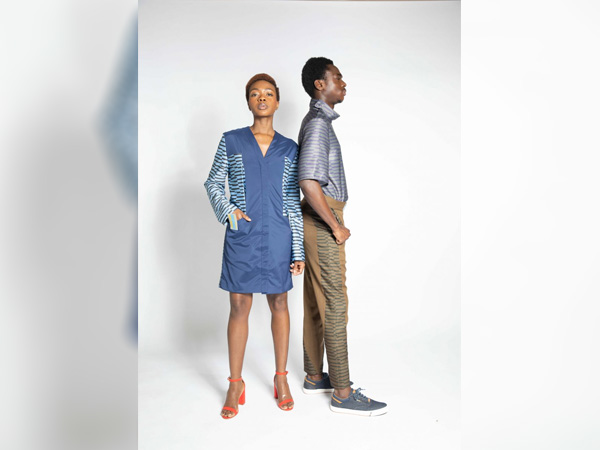
Can fashion aid mobility in people with Parkinson's disease? On the first thought, it sounds like an abstract idea but on the second thought, it actually doesn't. Monika Dugar, a London-based fashion designer, created a collection titled, 'Reset' that answers the aformentioned question.
"It is inspired by the concept of Visual Control of Locomotion in Parkinson's disease, a condition my father has been diagnosed with," revealed Monika. Speaking about her father's Parkinson's disease in particular, she also said that how hand tremors, stiffness, and slow movement associated with Parkinson's disease made the dressing routine pesky and difficult for him. This is where Monika decided to introduce a collection that would make dressing less cumbersome for people with Parkinson's disease. But the question comes is that what elements she incorporated that helped her achieve the desired results and also what kind of research went into it?
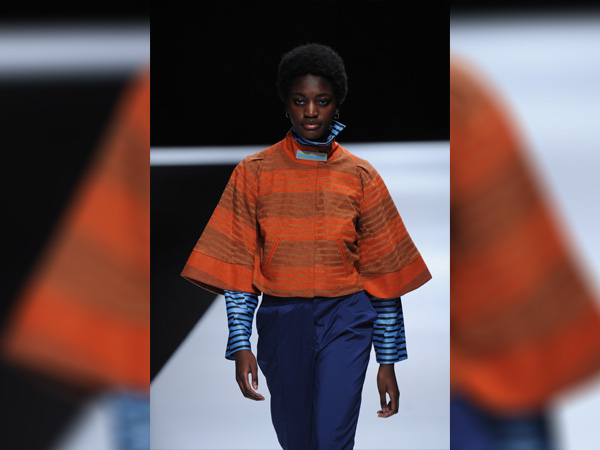
Parkinson's disease results from continuing nervous system disorder. This disease also causes visual defect because of the possible relationships between walking disorder (gait disorder) and visual perception (the ability to interpret our surrounding environment through the light that enters the eyes). According to the Journal of Neurology paper, the designer revealed that the stripes on the floor improve gait by drawing attention to the stepping process. The Neurology paper stated that when patients walk, the stripes move downward in the visual field and induce specific dynamic visual stimuli that may improve motor performance.
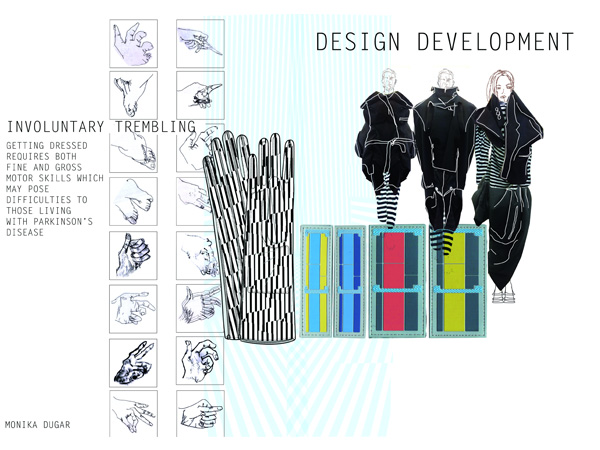
For Monika, this acute understanding was very important in order to craft outfits that would help people with Parkinson's disease. Talking about visual stimuli, she said, "Dynamic visual cues have been shown to provide an important contribution to body balance, in standing as well as in walking in healthy adults. The aim is to evaluate the type of visual cues (static or dynamic) required for the control of locomotion in Parkinsonian patients with the help of optical illusion prints." After evaluating and understanding the kind of visual cues that would help Parkinson patients, she designed garments.
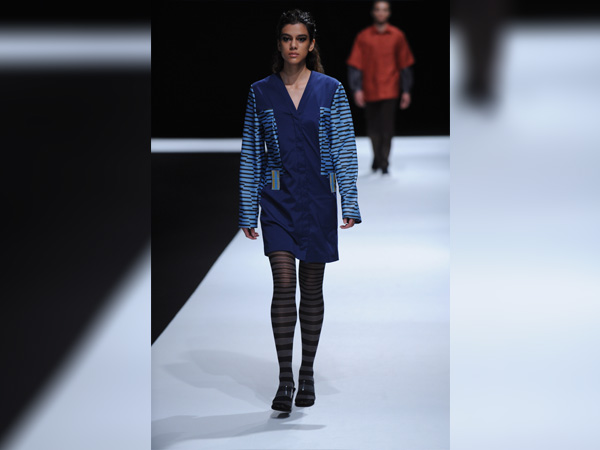
Speaking about her garments, she said, "It is based on the effectiveness of utilising vision to facilitate locomotor activity. 3D staircase print is visible to the wearer's sight on the garments in order to provide visual cues." She further added that shape, colours, and textures also came into effect while creating the collection. For instance, the multiple pockets were positioned at different angles to enable access for people with varying needs, with the ability to calm, soothe, and appease with comfort.

Simplicity was the key attribute the designer had while designing the outfits. She was meticulous while deciding the elements incorporated. "Each garment was designed by keeping in mind various techniques like customised velcro and magnets fastenings. Visual velcro is reinforced in the garment to recognise opening and closing of the garment instead of using the buttons. Magnets relieve the stress from fastidious components like buttons and zips, allows people to dress themselves with restricted mobility. The physical interaction with the garment is made as easy as possible, as the involuntary trembling and diminished hand strength can make the act of getting dressed difficult." She also added that she featured classic yet contemporary silhouettes with optical illusion prints overcoming the limitations of accustomed clothing.
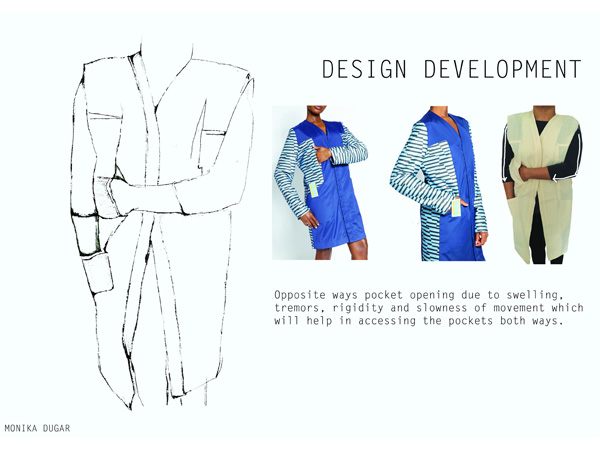
However, with contemporary outfits in perspective, what comes to mind is the age. Did Monika had age in mind when designing a collection? Her answer was, "This collection challenges the mainstream by addressing the tipping point for people diagnosed with Parkinson disease from young-onset (29) to late-onset (60+). The paradigm is currently shifting and fashion, which bore a stigma of disfigurement is becoming more inclusive."
We are certain that Monika Dugar's collection would aid patients with Parkinson disease. Adding to that, we also feel that with her collection, she took a step to address one of the most significant issues faced by customers with disability.
Photo Credit: Monika Dugar
-
 disorders cureCOVID Can Trigger Parkinson's Disease: Study
disorders cureCOVID Can Trigger Parkinson's Disease: Study -
 disorders cure14 Health Conditions That Can Change One's Personality Dramatically
disorders cure14 Health Conditions That Can Change One's Personality Dramatically -
 art cultureUS Author Joan Didion Passes Away Due To Complications From Parkinson's Disease
art cultureUS Author Joan Didion Passes Away Due To Complications From Parkinson's Disease -
 wellnessNew Study on Parkinson's Disease: Thinning Of The Eye Is An Early Sign!
wellnessNew Study on Parkinson's Disease: Thinning Of The Eye Is An Early Sign! -
 wellnessKrill Oil For Age-related Brain Degeneration: Is It Effective?
wellnessKrill Oil For Age-related Brain Degeneration: Is It Effective? -
 wellnessParkinson's May Be Linked To Melanoma: Study
wellnessParkinson's May Be Linked To Melanoma: Study -
 wellnessLow-fat Milk Consumption Linked To Parkinson's - Study
wellnessLow-fat Milk Consumption Linked To Parkinson's - Study -
 wellness10 Early Warning Signs Of Parkinson's Disease
wellness10 Early Warning Signs Of Parkinson's Disease


 Click it and Unblock the Notifications
Click it and Unblock the Notifications



